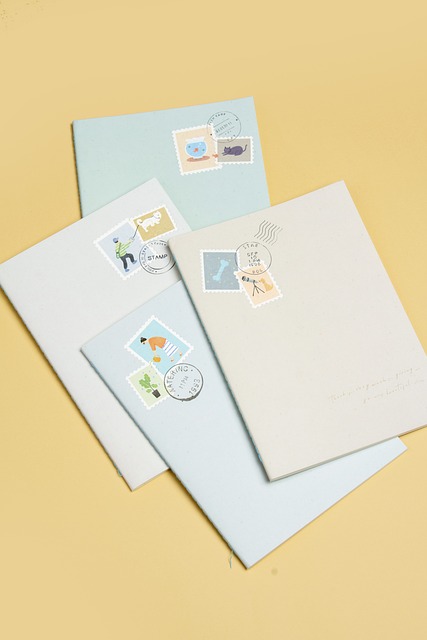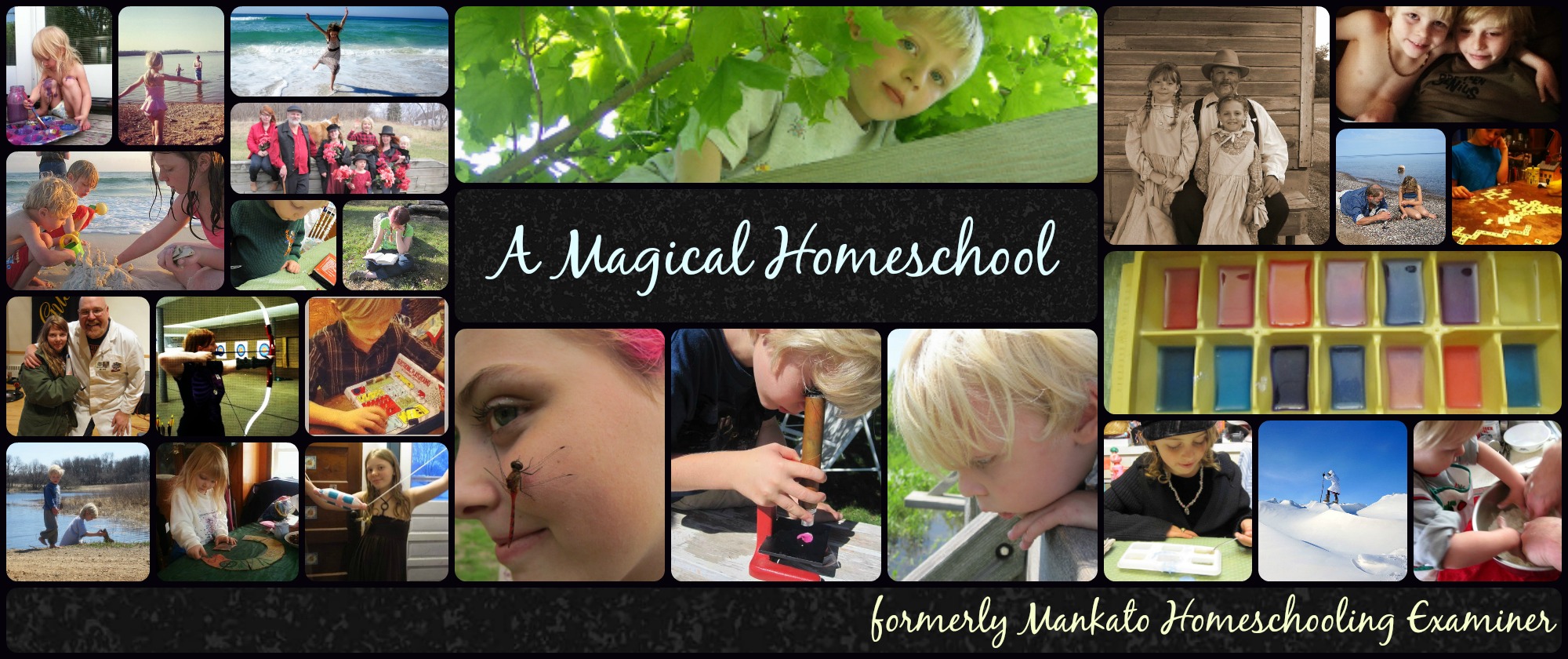
Are your kids interested in learning a foreign language? There are lots of great apps and curricula, but there are also fantastic non-traditional ways for them to learn or supplement their learning.
A lot of them are low cost and even free, too!
Here are some of our favorites that we’ve used over the years.
Connect with local foreign exchange students

When our oldest kids were young, we took part in a weekly Japanese class that a local homeschooling dad had organized with a Japanese exchange student from the local college teaching our kids every Tuesday afternoon.
Kanae came to their home to meet with the kids once a week for two hours and brought her own materials (workbook pages and such), assigned homework, made Japanese dishes with us, and even gave the kids little Japanese trinkets and coins. She became a family friend to all of us and the kids really learned about Japanese culture from her. It was very affordable ($6 per student per session back then) and was a wonderful start to Japanese lessons for our kids.

Later on, we took part a free program at a different local college where their exchange students taught community members at no cost in order to gain college credits. Our oldest, Toria, took German class from a German student, and our daughter Rhia took Spanish. Toria’s German teacher even brought German candy bars for the students.
Do Free Rice

Kids can play Free Rice to earn food for the hungry while improving their vocabulary in languages like Japanese, Spanish, German, Romanian, Korean, Latin and Chinese, plus even more. It’s free to play and does good for others! Our kids always loved keeping track of how many bowls of rice they’d donated.
Watch shows in your target language

Kids can watch children’s shows, favorite movies or original programming in the language they’re trying to learn. YouTube has lots of shows in every language, or you can watch series designed to teach kids languages (there are great ones for various ages from PBS for Spanish, for instance).
The best way to watch and learn another language is to set it to play in that language and also turn on subtitles in that language, so you hear and read it at the same time. For instance, put on a movie your kids are familiar with in French with French subtitles.
There are lots of children’s cartoons you can watch in multiple languages, like these 30 cartoon series in Spanish on Netflix.
Online, there is also a chrome extension “NETFLIX multi subs” which allows you to put two languages of subtitles on at once, so you can read the English and other language as you watch and listen.
Travel
If it’s an option for your family, nothing beats immersing yourself in the language and culture that you’re learning.
Don’t forget you can also visit international communities close to home, too.
Get a pen pal

Ask in larger homeschooling groups if there are any kids who’d like to correspond in your child’s target language. The kids can be learning the language too, or they can be native in the other language and looking to improve their English and connect with kids in your area.
Watch sports in that language
This is great for so many reasons — the announcers will narrate what’s going on in multiple tenses, they repeat the same phrases again and again, and as long as it’s a sport your child enjoys it’s fun to watch for long periods.
Play games

There are so many great board games, card games and other children’s games in all kinds of languages. You can buy them online like these Spanish language kids’ games (affiliate link) or find many free to print out.
Read Children’s Books
Head to the library and check out children’s books in the language your child wants to learn. We have a collection of classic children’s books in our house where we have both the English and Spanish versions, too, like Goodnight Moon/Buenas Noches, Luna (affiliate link).
Listen to the radio
Listening to songs in your child’s target language is also great. Kids will quickly pick up on repeated words and phrases.
Play video games
One Reddit user wrote about why video games helped him:
Many modern games have professionally done translations for many common languages (German, French, Spanish) (oftentimes, but less so, Italian, Russian, Polski)
You’re surrounded by hovering vocabulary so you’re passively absorbing words all the time. There’s hours and hours of vocabulary spoken by professionally voiced actors with the words appearing on the screen. If there’s an opportunity for your character to speak, there’s also the social feedback dynamic. You’re motivated to figure out what your character is saying, and how people are responding to what they’re saying. You also have to figure out how to navigate menus and the world in the language you’re learning. I try to beat one game in German a month. I’m starting to portion them out by language level.
Start a journal

Kids can start a daily journal where they write a couple of sentences a day about themselves, what they’ve done that day, wish lists, and so on. Show them how to write each sentence into Google translate if necessary, and then just write it in their journal. They’ll quite easily and naturally start to learn common words and how sentences are put together.
Listen to podcasts

There are podcasts designed to teach languages at every level. It’s easy to listen while on walks, doing chores, riding in the car, playing games, etc. too.
Find a friend who speaks that language

Our daughter Fiona has been teaching herself ASL for a few years now. She loves following deaf creators on TikTok to get a little daily lesson, but one of the most special ways she’s learned is by talking to a deaf greeter at Costco. She is always really excited to see him and it makes her happy that he always grins and signs to her when he sees her.
Have family challenges
If you’re learning a language together, have fun challenges like only speaking in that language during dinner or only speaking to the pets in that language.
Fiona has taught our dog Moose different commands like “eat” in sign language. He is now trained to sit until a family member signs for him to come and eat (which taught all of us the sign for eat too!).
You can also do fun things like have a treasure hunt with the clues in your target language, or to write the words for lots of objects around the house on post-it notes and challenge the kids to race around sticking them on the right objects.
Have fun!
There are so many fun ways to play and learn in new languages. These are just a few, and there are no rules on how to do it.
Please add your favorites in the comments!





